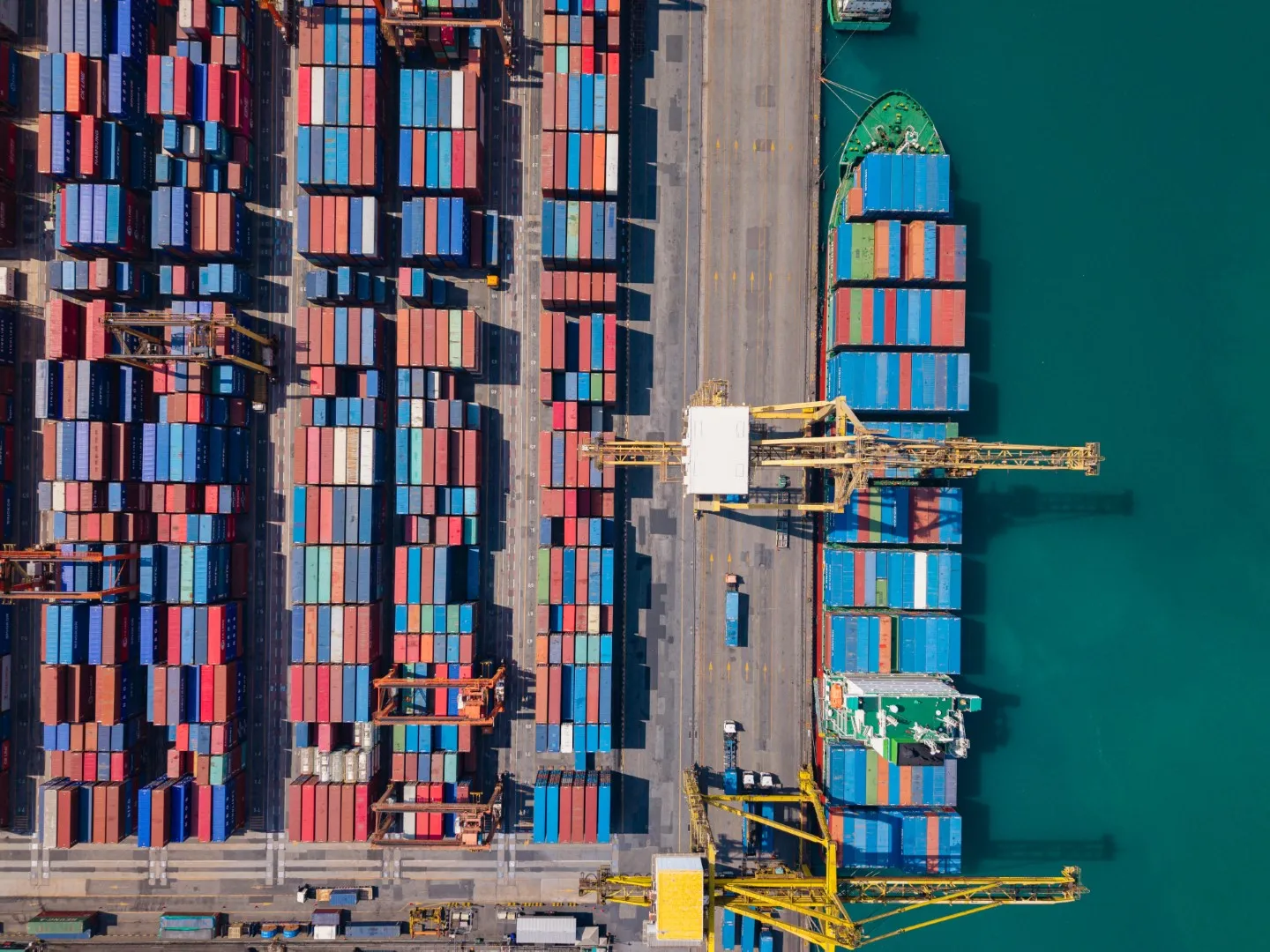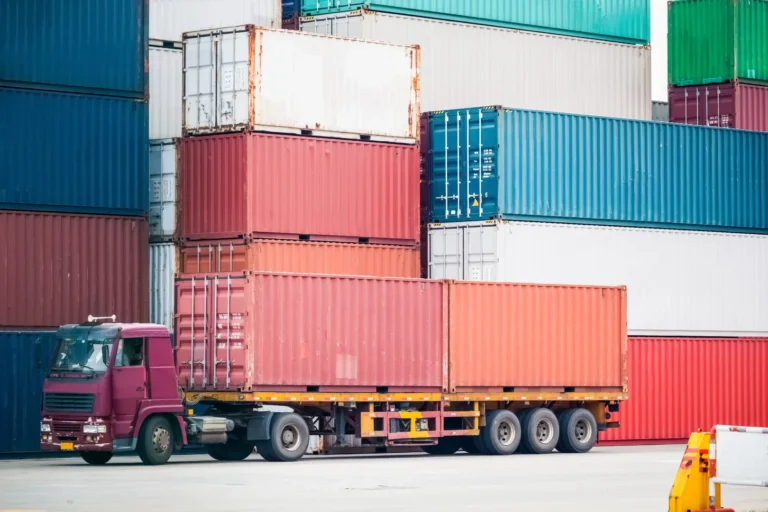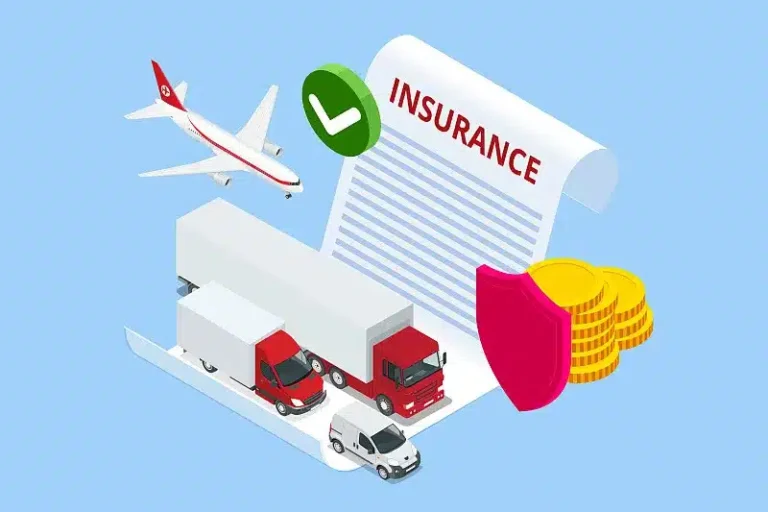Peak shipping season is a critical time for businesses involved in freight, retail, and logistics. It marks a period of heightened shipping demand, tight capacity, and rising freight rates. For retailers, e-commerce platforms, and logistics providers, understanding this seasonal surge is essential for supply chain resilience and customer satisfaction.
What Is the Peak Shipping Season?
Peak shipping season typically starts in mid-August and lasts through late November, often concluding around Thanksgiving.
This seasonal spike is driven by multiple overlapping factors:
– Back-to-school shopping
– Holiday season stockpiling
– Inventory clearance from summer
– E-commerce growth and promotional events like Black Friday and Cyber Monday
During this time, freight demand outpaces supply, resulting in limited capacity and elevated shipping costs across major modes, including truckload, LTL, air, and ocean.
Why Is Peak Shipping Season So Important?
Even the most efficient supply chains feel the strain during peak season. The increased volume of freight shipments leads to:
– Limited trucking capacity
– Higher freight rates
– Longer transit and processing times
Both brick-and-mortar and online businesses must ensure smooth logistics to meet heightened customer expectations. Carriers, on the other hand, must manage overloaded networks and ensure timely deliveries. Because this happens annually, businesses can prepare in advance with the right strategies.
Factors That Affect Peak Shipping Season
There is no fixed calendar date for peak season, as its timing can vary based on several factors:
1. Global Trade Events
In 2019, the U.S.–China trade tensions led to an early surge in shipments due to anticipated tariffs.
2. E-Commerce Growth
The explosive growth of e-commerce platforms has intensified freight demand.
3. Retail Trends
Retailers must forecast inventory needs and respond to real-time market demand.
4. Supply Chain Disruptions
Unexpected events such as port congestion, weather disturbances, or labor shortages can accelerate or prolong peak season conditions.
Peak Season & the COVID-19 Impact
During the COVID-19 pandemic, peak shipping saw unprecedented disruption. With more consumers shifting to online shopping, major carriers faced serious backlogs, missed delivery windows, and warehouse congestion. The experience underlined the importance of understanding the carrier ecosystem and embracing digital supply chain visibility.
How to Prepare for Peak Shipping Season?
1. Communicate With Customers and Suppliers
Modern customers expect proactive communication. Clearly indicate delivery timelines, shipping deadlines, and product availability.
2. Ship Early
Shipping early helps you bypass congestion at docks and warehouses.
3. Diversify Your Shipping Strategy
Consider multiple shipping modes: LTL, FTL, and Intermodal.
4. Plan with Data
Use historical shipping data and sales projections to forecast demand spikes.
5. Work With a 3PL Provider
An experienced third-party logistics (3PL) partner can help you secure capacity, manage routes, and provide real-time visibility.
Why Choose Torro Freight During Peak Season?
At Torro Freight, we specialize in helping businesses navigate the chaos of peak shipping season.
Our team offers:
– Real-time visibility into your supply chain
– Strategic capacity planning
– Flexible shipping solutions tailored to your business size and goals
Let us help you overcome delivery bottlenecks and protect your bottom line during the busiest time of the year. Get a Freight Quote today and ship with confidence.




